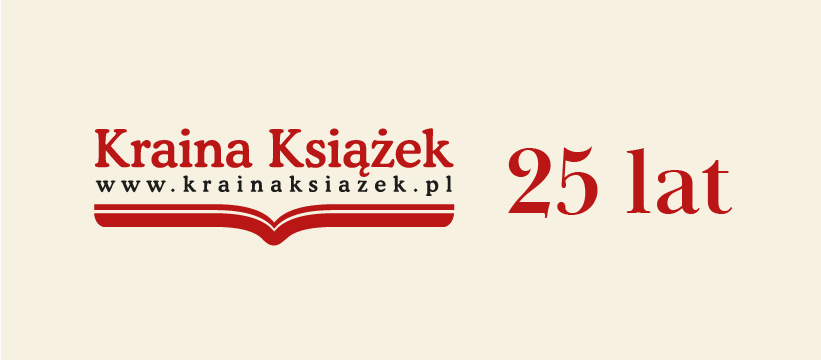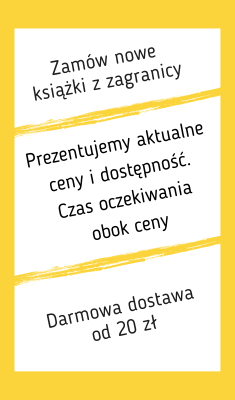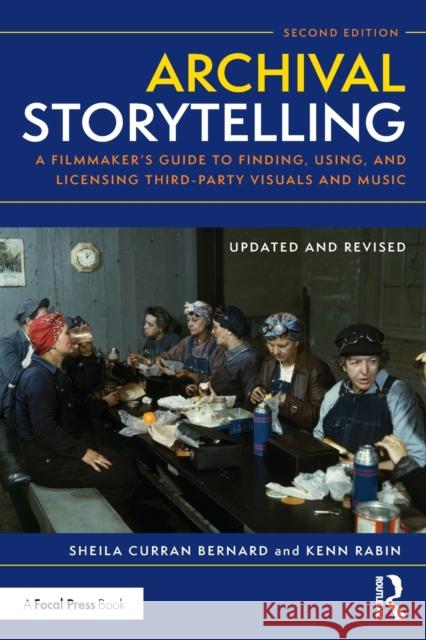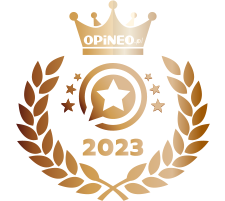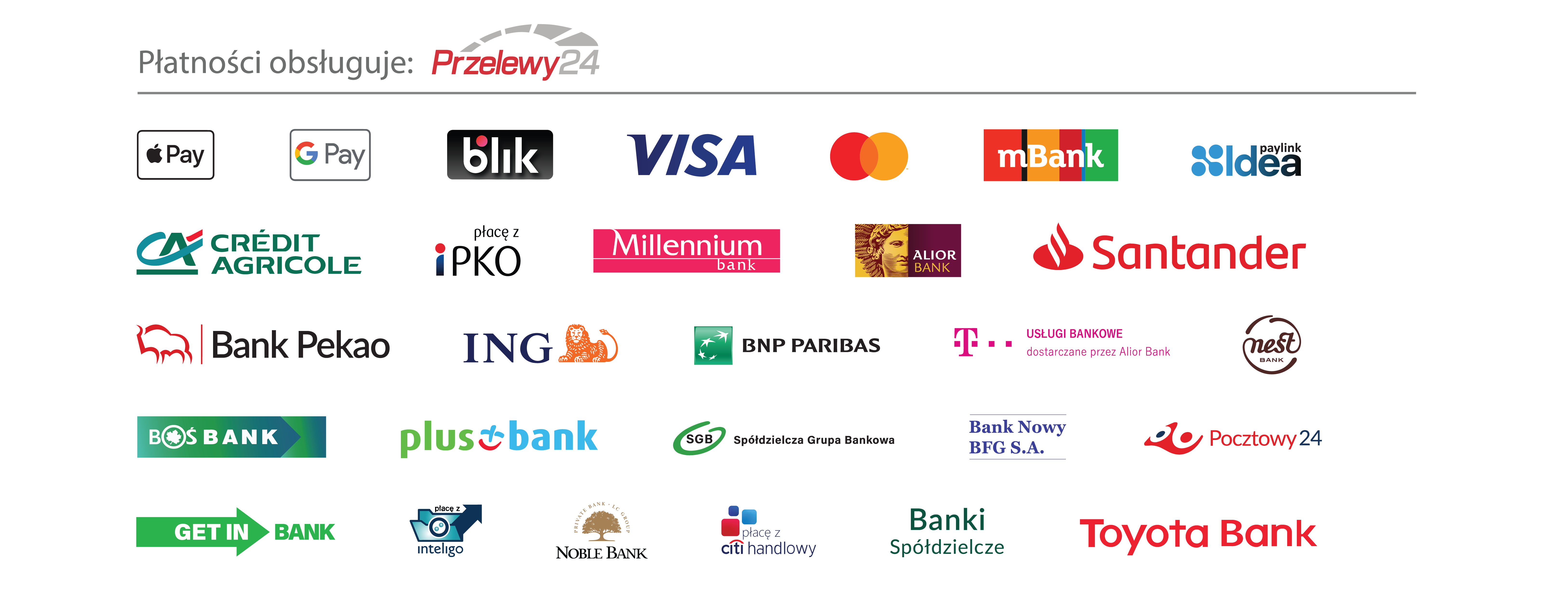Archival Storytelling: A Filmmaker's Guide to Finding, Using, and Licensing Third-Party Visuals and Music » książka
Archival Storytelling: A Filmmaker's Guide to Finding, Using, and Licensing Third-Party Visuals and Music
ISBN-13: 9781138915039 / Angielski / Miękka / 2020 / 328 str.
Archival Storytelling: A Filmmaker's Guide to Finding, Using, and Licensing Third-Party Visuals and Music
ISBN-13: 9781138915039 / Angielski / Miękka / 2020 / 328 str.
(netto: 174,37 VAT: 5%)
Najniższa cena z 30 dni: 180,22 zł
ok. 16-18 dni roboczych.
Darmowa dostawa!
Documentary and narrative filmmakers often need to incorporate copyrighted material--pictures, footage, music, and sound created by others--in their work. But finding and using this material can be tricky and affects every aspect of the production: the schedule, budget, story, insurance, and distribution. Find It, Use It, License It is a new and updated edition of Archival Storytelling and is a film student s guide to the practical, effective, and ethical use of non-original source materials that you need to tell your story. The new edition features brand new interviews and case studies, including discussions with Dustin Lance Black (Milk); Robert Schenkkan (The Pacific), Joan Rater (Grey s Anatomy), and Ava DuVernay (Selma). Filmmakers of all genres need this essential and pragmatic guide to navigate one of the most challenging issues facing filmmakers today using images and music that belongs to someone else."

